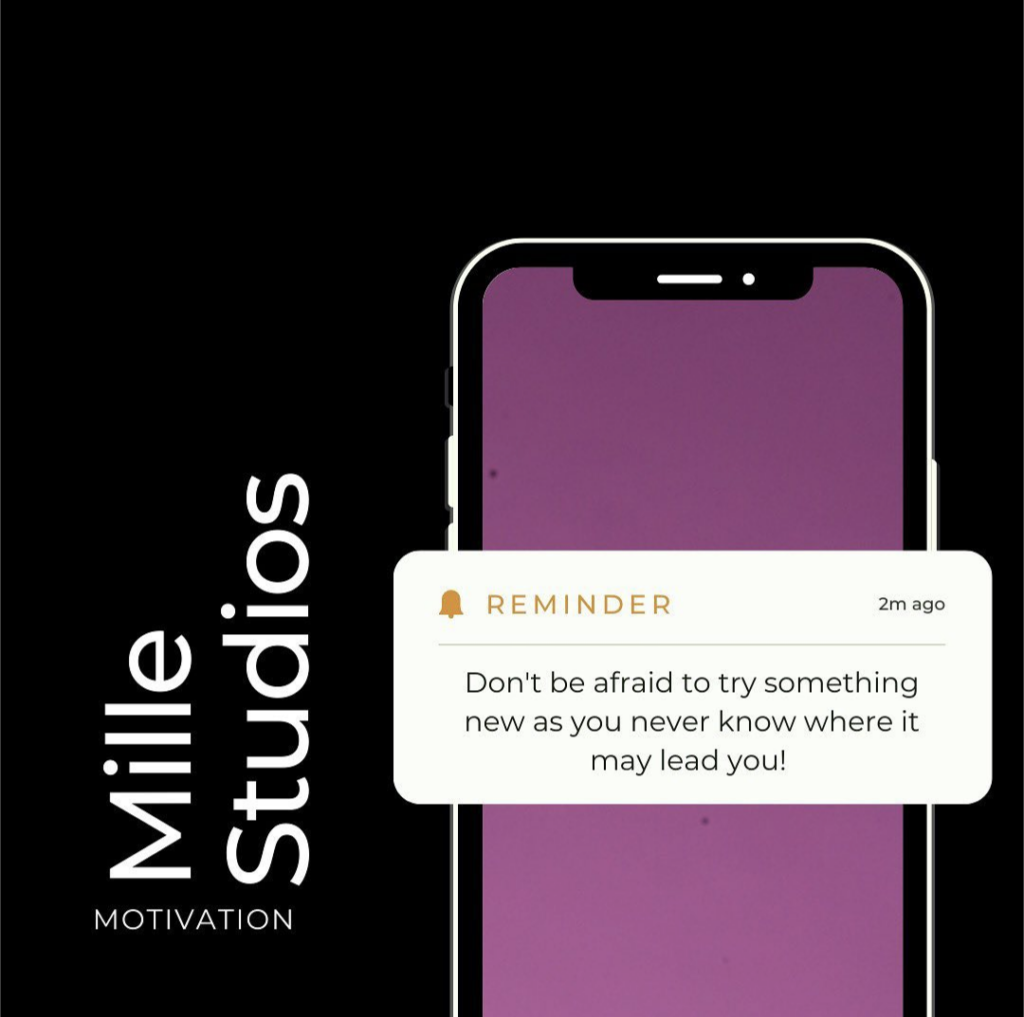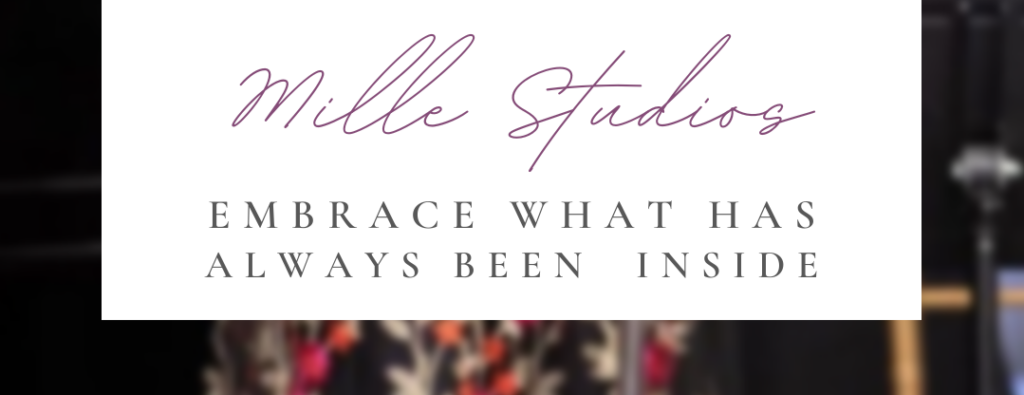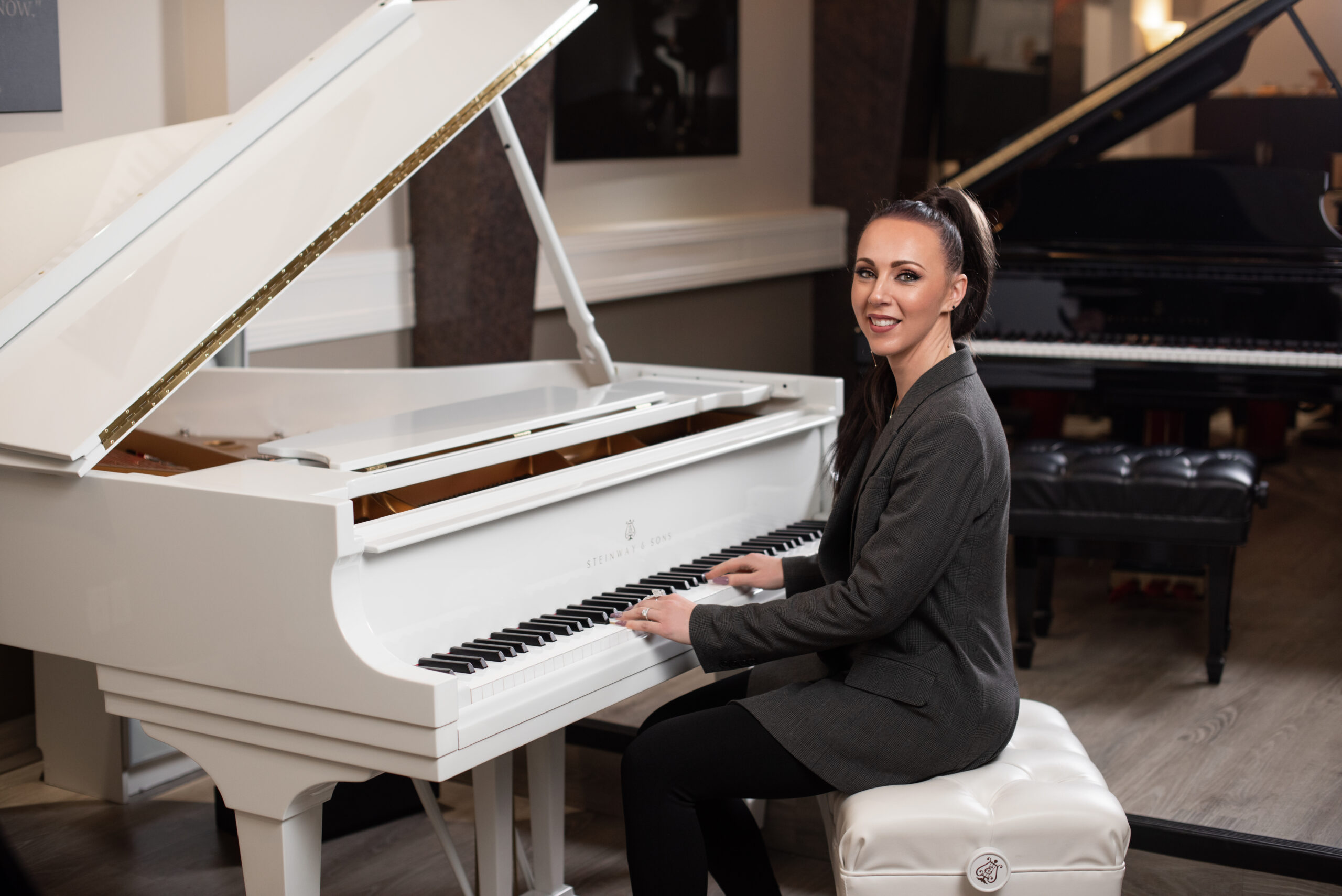Achieving a resonant, rich, and full-sounding vocal tone is tough! But it is also extremely rewarding. If you are struggling with it, you have come to the right place. It is a matter of “yet”, so let’s get to it!

One of the most common requests during the first lesson is, “How do I sing with a bigger full voice?” When we dig a little deeper, the term they are searching for is tone. We all have a unique quality to our voice and a singers tone is what makes us gravitate to certain singers. While Norah Jones is completely different from Lady Gaga, what is clear is that they are both pleasant to listen to because they are aware of how to sing in a relaxed way whether singing at the bottom of their range or at the top of their range. It is never tight or squeaky because they know how to use their nasal and throat “spaces”; essentially they are relaxed and they have proper air flow in those spaces. Today’s post is a quick digestible look at what tone is, and how to be aware of how to achieve proper tone when singing.
What is tone? How to achieve a rich full tone?
Today we are strictly speaking about vocal tone, which refers to the quality of your singing voice, apart from pitch (hitting a musical note or musical tone is different and about singing the note / being on tune). As we talk about vocal tone today, it’s how you sound when singing a note. How we achieve great vocal tone is when we work with your breath in your nose and throat spaces – and then how the breath comes out of those spaces will be the result, which is the tone of your sound. It is about paying attention to how your body uses its breath to produce sound. How your body works together with air is ultimately what creates your unique tone and the exercises below will help you figure all this out. These exercises will help you take notice of how your body is using its air flow and they will allow you to play with the sound so you can feel where the air is going. Recap:
- To get a rich tone, it is about creating space in the nose and throat and then blend the two together.
- Again, tone is about how the body and breath work together.
EXERCISE 1 Steps to find what your nose space feels like:
- Before we start, let’s relax and hum a medium level pitch. Nothing else should move. No pinching in the throat. Your goal is to not force anything out and just feel the vibrations.
- Now with your mouth closed, try taking in a really large amount of air through your nasal cavity and then sigh with a comfortable pitch.
- As you breath in, you should be able to feel the space in your nasal cavity as you breath in the air through the nose; take notice of where you can feel the cool air. Where is it going? After you do it a few times, see if you can relax and let the air spread to the sides of the nose down into the throat and then of course all the way down your airways.
- Now do the same thing but this time after you breath in all the way comfortably we will not sigh on the exhale, but rather hum AND most importantly, your mouth will open and close while making a nice easy hum sound.
- Each time you do this, you should be able to feel your nasal and throat spaces become more and more at ease. This exercise may seem simple, but doing this everyday will allow you to loosen up and not get tense and tight. One of the number one problems when people go to push their range, especially when singing high is, they tighten up (almost squeezing out the note) and end up sounding brighter than they want to or “shouty”. This exercise will helps you stay relaxed and prevent voice strain. This will become like muscle memory if you are consistent in doing it regularly.
EXERCISE 2 Steps to find your throat space:
- We will do what are called “Yawn inhales” and they help us to feel where the breath goes into the throat.
- When you breath in you shouldn’t be able to hear the air going in down the throat.
- Now after we breath in, we will hold a note with the mouth open use “ah” and use a lower note in your range and feel that the throat space should feel relaxed and open and the resonance should be rich and full.
- Once you achieve this, move to the last exercise below.
EXERCISE 3 Steps to blend the nose and throat space:
- Now blend the two together.
- Start with a medium note in your range and hum.
- If you are not sure what note to start with, it should be vibrating in your nasal cavity.
- As you start to hum in the nose space, slowly begin to slide down into the throat space while you open and close the mouth.

Hopefully this is helpful and I encourage you to try this at home. Play with sound, play with your voice. Don’t worry about what comes out when you are on your own. Think of trying these exercises like learning a drill for the first time in your favourite sport. Let’s take basketball for example, the first time you learn to do a lay up it is probably awkward and uncomfortable. You may feel uncoordinated, not sure which foot goes first and the same goes for singing. At first it might not come out right, but keep trying. Get cozy and comfy with your sound and you will become the best singer you can be.
